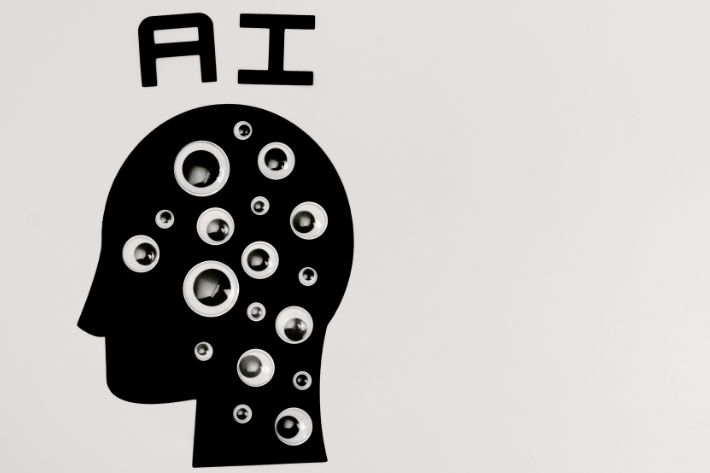Introduction to Generative AI
Generative AI is a type of AI that creates new content through machine learning techniques. It involves teaching algorithms to learn patterns from existing data and use that information to generate new content that is similar but different from the original. Generative AI is often used for creative purposes, such as generating art, music, and literature.
How Generative AI Works
Generative AI uses a process called deep learning to generate new content. Deep learning involves creating a neural network that is trained to recognize patterns in data. The neural network is then used to generate new content based on those patterns.
To generate new content, the neural network is fed a large dataset of existing content. The neural network then learns to recognize patterns in the data and uses that information to create new content. The more data the neural network is fed, the more accurate and sophisticated its generated content becomes.
Types of Generative AI
There are various types of generative AI, including:
Text generation
Image generation
Video generation
Music Generation
Voice generation
Each type of generative AI has its own unique set of applications and use cases.
Applications of Generative AI
Generative AI has numerous applications in various industries. Some of these applications include:
Generating art and music
Generating product designs
Generating video game content
Generating virtual reality environments
Generating text for chatbots and virtual assistants
Generating product descriptions for e-commerce websites
Generating personalized recommendations for consumers
Generating medical diagnoses and treatment plans
Use Cases of Generative AI in Various Industries
Gaming Industry
Generative AI is widely used in the gaming industry. It is used to generate content such as game environments, characters, and storylines. For example, generative AI can be used to generate new levels for a game or to create unique characters with different abilities and personalities.
Marketing Industry
Generative AI is also used in the marketing industry to create personalized advertisements and product recommendations. For example, an e-commerce website can use generative AI to generate personalized product descriptions based on a customer’s browsing history and preferences.
Healthcare Industry
Generative AI is used in the healthcare industry to generate medical diagnoses and treatment plans. For example, a doctor can use generative AI to generate a personalized treatment plan for a patient based on their medical history and symptoms.
Fashion Industry
Generative AI is used in the fashion industry to generate new clothing designs and styles. For example, a fashion designer can use generative AI to create new clothing designs based on customer preferences and market trends.
Potential Risks of Generative AI
While generative AI has numerous benefits, it also poses potential risks. One of the biggest risks is the potential for biased or inaccurate generated content. This can lead to harmful consequences, particularly in industries such as healthcare where inaccurate diagnoses or treatment plans could have serious consequences. Another risk is the potential for generative AI to be used for malicious purposes such as creating deep fake videos or spreading fake news.
Future of Generative AI
The future of generative AI is promising, with numerous opportunities for innovation and advancement. As the technology continues to develop, we can expect to see more sophisticated and accurate generated content. However, it is important to ensure that generative AI is used ethically and responsibly to minimize potential risks.
Conclusion
Generative AI is a rapidly developing technology that has numerous applications in various industries. From generating art and music to creating personalized medical treatment plans, the potential uses for generative AI are vast. However, it is important to be aware of potential risks and to use the technology ethically and responsibly.
